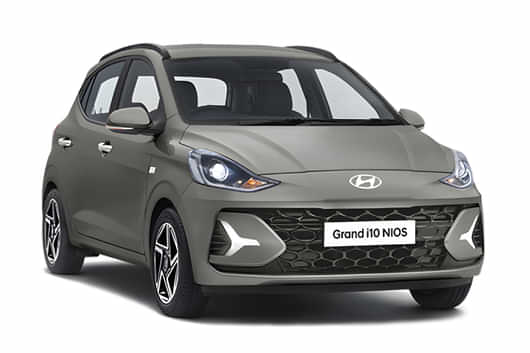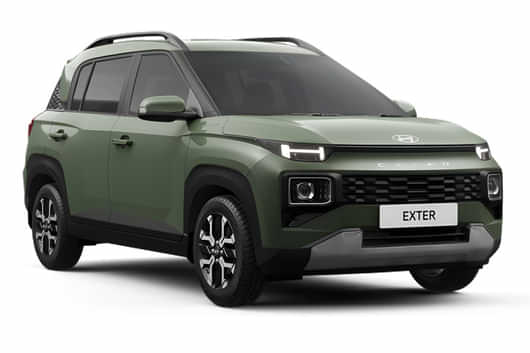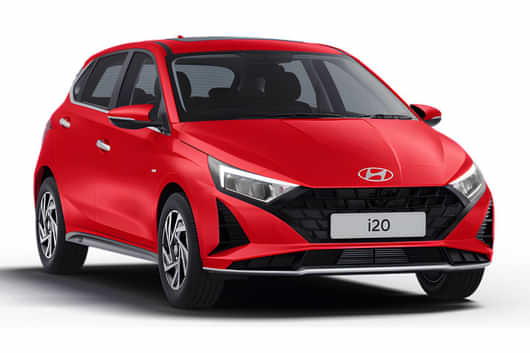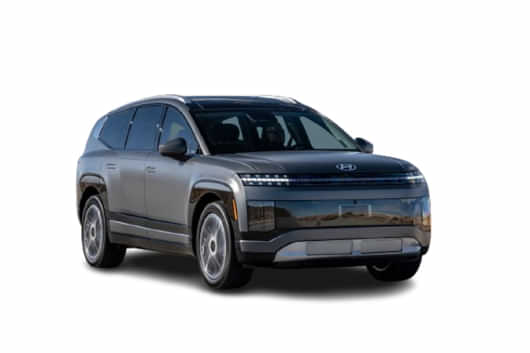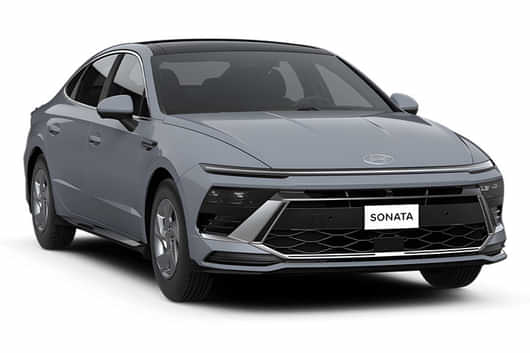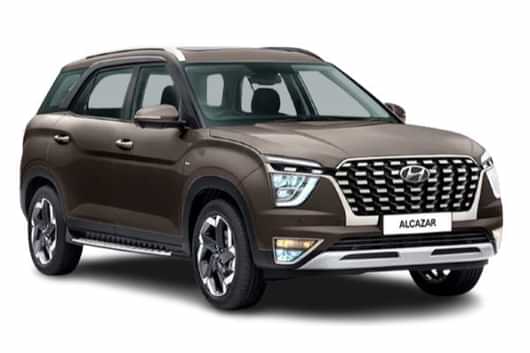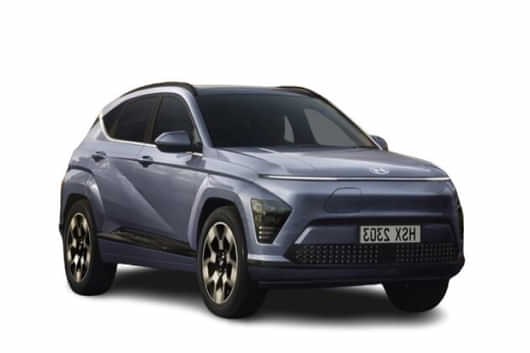
KEY HIGHLIGHTS
- The old Alcazar got a larger wheelbase than the Safari
- The 1.5-litre turbo-petrol replaced the 2.0-litre nat-asp unit last year
- Available in six-seater and seven-seater layouts
- Plenty of new features to be seen in the new Alcazar
Ever since the Creta first came along, there were talks of a longer, three-row version of the SUV, which was finally launched in 2021 as the Hyundai Alcazar. The three-row SUV has been through a series of small updates here and there, and with the launch of new Creta in 2023, an updated Alcazar was always going to be in the cards as well.
We shall now take a quick look at the differences between the outgoing Alcazar and the newer model that is soon to be launched. However, first; if you're interested in getting latest automotive news, make sure to join the 91wheels WhatsApp Community fast!
Hyundai Alcazar Design

The outgoing Alcazar was more than just an elongated Creta; there were major visual cues to differentiate between the two SUVs. The outgoing car wore a different grille with a chrome-studded pattern, along with a chrome element running lower down, and a revised DRL pattern for the headlights. The profile is unmistakably Creta-like, but longer, and the rear you got a redesigned tailgate with larger tail lights.

The outgoing car also got a minor facelift sometime in 2023, with a smaller, redesigned grille. However, the rest of the car remained identical.

While still based on the Creta, the Alcazar undergoes a thorough redesign; the front features headlamps and DRLs similar to the Creta N Line, but the grille now gets horizontal slats and is now overall larger, which gives it a more aggressive, imposing look. The rear is quite dramatic as well, with tail-lamps connected via a full-length LED strip, resulting in an H shape.

Also read: Mahindra Thar Roxx 5-Door Pros & Cons Explained
Hyundai Alcazar Powertrains
The outgoing Alcazar was initially available with two powertrain choices; a 2.0-litre nat-asp petrol producing 157bhp and 191Nm of torque, and the other was a 1.5-litre diesel with 113.5bhp and 250Nm of torque on offer. Both powertrains could be paired to either a 6-speed manual, or a 6-speed automatic transmission.

The 2.0-litre nat-asp petrol was discontinued in 2023, and was replaced by the 1.5-litre turbo-petrol that also does duty in the Verna, Creta, and the new Creta N Line. The 1.5-litre turbo-petrol produces 158bhp and 253Nm of torque.
The new Alcazar will likely continue with the 1.5-litre turbo-petrol and the 1.5-litre diesel powertrains.
Also read: Mahindra Scorpio Classic: Old Vs New - How It Has Changed
Hyundai Alcazar Interiors and Features

The outgoing Alcazar's interiors were near-identical to those of the Creta, but with upholstery differences and a different instrument cluster that also housed the blind-spot monitor. This cluster eventually made its way onto the Creta. In terms of equipment, the outgoing car was equipped with a 10.25-inch instrument cluster, a 10.25-inch infotainment screen, an 8-speaker Bose sound system, voice commands, a panoramic sunroof, ambient lighting, an air purifier, tray-tables, sun-blinds and a wireless charger in the centre armrest, among other things.

The upcoming Alcazar will also be available in six-seater and seven-seater configurations, and it features an identical interior layout compared to the Creta, with the blended screen setup, the new centre console and the A/C vents. However, it features a new brown upholstery.

Some of the features on the new Alcazar include ventilated seats for the first and second row, comfort headrests, power adjustable seats for the driver and passenger, electric 'boss' mode for the second-row passenger, wireless charging pad, and memory function for the driver seat adjustment, among many other things.
Also read: 2024 Hyundai Alcazar Interior & Features Revealed Ahead Of Launch - See Images!
Verdict
With these set of updates, the Hyundai Alcazar should become that much more tempting against the likes of the Tata Safari and the Mahindra XUV700. Granted, the other two may offer more performance and power, but Hyundai's reliability cannot be questioned, and that's where the Alcazar might just make the cut.












